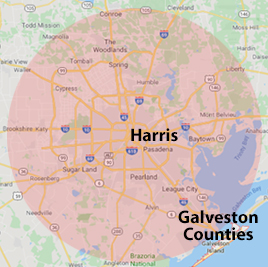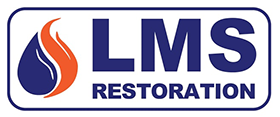
- Bacliff
- Baytown
- Bellaire
- Channelview
- Crosby
- Cypress
- Deer Park
- Dickinson
- Friendswood
- Galena Park
- Galveston
- Gilchrist
- High Island
- Highlands
- Hitchcock
- Hockley
- Houston
- Huffman
- Hufsmith
- Humble
- Katy
- Kemah
- Kingwood
- La Marque
- La Porte
- League City
- Pasadena
- Port Bolivar
- Santa Fe
- Seabrook
- South Houston
- Spring
- Texas City
- Tomball
- Waller
- Webster
Fire & Water Damage Restoration for Schools in Houston and Galveston, TX
Crises can arise at any time and can disrupt normal school operations. Ensuring the continuity of education and also the safety of stakeholders during times of crisis is something that must be planned ahead of time. Here, we provide some tips on how schools can plan disaster recovery.
Strategic Planning and Implementation
Working as a team is essential in coming up with a disaster recovery plan that doesn’t overlook anyone. Because the entire district will be affected, it’s only sensible to get input from those involved including teachers, administrators, IT staff, school board members, and parents.
Risk Assessment
In the risk assessment process, you will have to list all possible threats to the district no matter how unlikely. You will then have to rate this list from the most likely to the most highly unlikely. The most credible threats must be given top priority.
After carefully analyzing the likelihood of the threats, you will then have to determine the impact of each threat. In a business impact analysis, you will have to decide on what’s crucial in the day-to-day operations of the school. Consult with your team in determining how to best allocate your limited funds and resources.
Student records are something that should be given top priority. Each year, the data grows bigger and bigger and the school IT department has the task of storing and protecting this data. Apart from student records, the IT department must also take care of faculty and staff information, financial records, emails, and learning resources upon which schools are getting more and more dependent on. This information is highly sensitive and its loss will definitely impact the future of your district. Think of the most effective and efficient ways of protecting and storing this data. You can look at automated back-up systems and off-site storage solutions. The important thing to consider is to have back-up copies that are secure.
Recovery Strategies and Procedures

In this section of the disaster recovery plan, write a description of each disaster and your recommended response if it happens. The plan must include the estimated costs if the outlined procedure is followed.
Develop a realistic communication plan. Define the level of threat for each disaster scenario and its impact on humans and property. Consider the possibility of relocation. Define what the acceptable time of response and recovery are.
Be clear on who will be responsible for specific tasks. There will be various recovery teams and each individual may be part of more than one team. Remember to collect the phone numbers and other contact information of all the team members for easy communication should an emergency occur.
The Plan is a Living Document
The disaster recovery plan is not set in stone. Updating the document is necessary as changes will be inevitable. A team member may be no longer with the district or perhaps new technology is available. Keep a hard copy of the document that’s easily accessible, and make sure to record all changes to the document.
Test Often
You can have an idea of how effective the plan is if you test it as often as possible. You will also uncover improvement opportunities when you regularly test the plan.
LMS Restoration can assist with the evaluation of these disaster recovery plans and help point out the best course of action. We can also help with the actual execution of your outlined plans. Our technicians have excellent training and are certified to provide effective response to water damage and fire damage. We have been serving the Houston and Galveston area for more than 20 years and we’ll be happy to help you with your disaster recovery planning. Give us a call at 281-572-8798 or send us a message using our Contact Us page.




